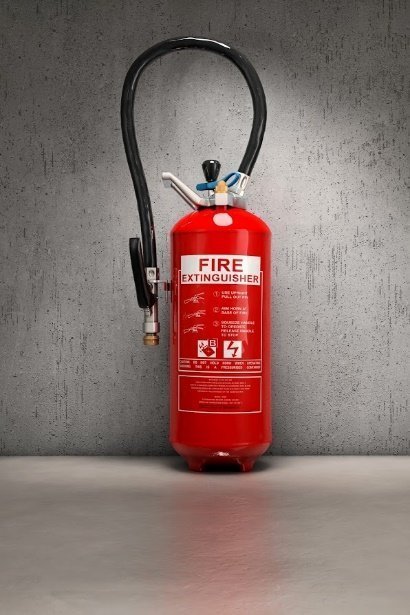Blog
4 Safety Tips for Supplemental Home Oxygen
- Be Mindful of Ignition Sources
According to the National Fire Protection Association, room air contains 21 percent oxygen, while the air coming out of your oxygen concentrator or tank is made up of close to 100 percent oxygen. Oxygen by itself will not cause a fire but is a fuel source for flames.
If a fire ignites in the presence of a high oxygen flow, the flames are fed by the oxygen and burn hotter and more rapidly. Items in the home that are exposed to increased oxygen levels will ignite more easily.
Never bring your tank, cannula (breathing tube), or machine near materials or items that can ignite. Flammable items include:
• Lit cigarettes, pipes, or cigars
• Matches or lighters
• Burning candles
• Gas pilot lights on stove or heater
• Gas burners
• Appliances
• Aerosol sprays
• Paint thinner
Any heat source can create a potential fire in the presence of oxygen. Always keep yourself at least 10 feet away from open flames, risky materials, and appliances when your oxygen is in use.
- Be Mindful of Safety in Your Living Areas
If you have a long oxygen cord, be mindful of where you’re walking and where the cord is at all times. The cannula tubing can become a trip-and-fall hazard to you and other household members. Keep your oxygen tubing no longer than 50 feet in length.
Never use an extension cord with an oxygen concentrator. Your concentrator should be the only device plugged into the electric socket. Keep the concentrator uncovered and at least six inches from the wall to reduce the risk of the machine overheating.
If you use liquid oxygen, don’t store the barrel on its side. Liquid oxygen can leak out of the tank more easily when the tank is not upright.
Liquid oxygen tanks should be kept at least five feet away from home heaters including:
• Space heaters
• Furnaces
• Radiators
• Steam pipes
• Furnaces
When you use oxygen cylinders, secure the tanks so they aren’t at risk of falling over. Set the tank you’re using in a place where it won’t be knocked down by people or pets.
- Practice Oxygen Safety Awareness in the Bedroom and Bathroom
Use 100-percent cotton sheets, blankets and comforters on your bed because cotton is less likely to produce static-electric sparks. Never use heating pads or electric blankets when wearing your cannula.
Turn your oxygen off when you aren’t using it even if you plan to use it again in a few minutes. Don’t set the cannula on your bed or any other surface when oxygen is flowing.
In the bathroom, you can wear your oxygen in the shower as long as your tank or machine is not close to any heat sources. However, you should never wear your oxygen when using appliances like hair dryers, hair straighteners, and hair curlers.
Other bathroom items to avoid when wearing oxygen include:
• Electric shavers
• Electric toothbrushes
• Dental water picks
In general, avoid any electronic appliance while wearing oxygen.
Oil-based health and beauty products including lotions, lip balms, vapor rubs, and petroleum jelly should not be used when wearing or handling oxygen equipment. Alcohol-based products like hand sanitizers should only be used when you aren’t wearing your running oxygen cannula or handling your oxygen system.
Allow any alcohol-based sanitizers to be completely absorbed into the skin if you plan to turn on your oxygen soon. Your skin should be completely dry before you handle any of your oxygen equipment after applying hand sanitizer.
- Provide Notice of Your Oxygen Use
Signs should be posted to alert visitors to the presence of oxygen. Your home health provider has safety signs to hang around your home and on your entryway doors. No Smoking signs reinforce the message that smoking of any kind is forbidden where oxygen is being used, so hang them up too.
Contact your local fire department to let them know there’s oxygen being used in your home. In the case of a fire, this knowledge helps firefighters plan rescue and firefighting efforts.
Notify your power company when you use an oxygen concentrator. After a power outage, crews will prioritize restoring power to homes with medical life support needs.
If you’re living on a low fixed income, you may qualify for medical protection from utility shut-offs. Talk to your power company about their specific programs available to help low-income customers. These programs can help you avoid disconnection of power if you find that you can’t pay your electric bill.
When you need oxygen equipment, call Corner Home Medical to arrange delivery and set up of your oxygen tank, cylinder, or concentrator. We are a full-service home medical supplier and offer 24-hour emergency services for your vital home oxygen equipment throughout Minnesota.

